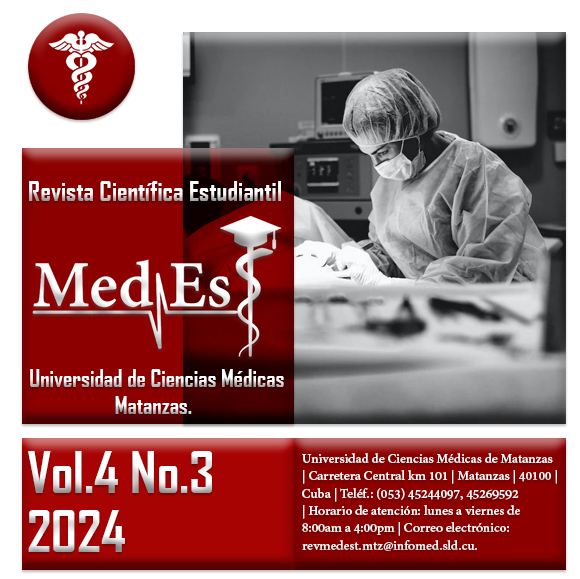The purple door: a space for university transformation to address gender violence
Keywords:
Teenager, Learning , Awareness, Sexual Education, HealthAbstract
Gender violence is a serious social, rights and health problem that affects millions of people in the world, especially women and girls. It constitutes any act or threat of violence, based on the unequal exercise of power between men and women and that causes or can cause harm in any sphere of an individual's life. It can take various forms of expression: physical, verbal, psychological, sexual, economic, social, symbolic. Cuba does not escape this global reality, which is why programs and strategies are developed, while there is a political will to shorten the gaps of discrimination, betting on a social project based on principles of equality and equity, which is expressed in the Constitution of the Republic. In this context, the Cuban Medical University has the responsibility of being one of the institutions that creates awareness and humanism, through the interrelation of its different processes: teaching, research and university extension, while these are enriched and applied to the search for solutions to the problems of society and nations in terms of health.
Downloads
Published
How to Cite
Issue
Section
License
Copyright (c) 2024 Yalenis Velazco-Fajardo, Regla María Hernández-Alvarez , Sunami Tápanes-Suárez

This work is licensed under a Creative Commons Attribution-NonCommercial 4.0 International License.
Those authors who have publications with this journal accept the following terms: The authors will retain their copyright and guarantee the journal the right of first publication of their work, which will be simultaneously subject to the Recognition License. Creative Commons that allows third parties to share the work as long as its author and its first publication in this magazine are indicated. Authors may adopt other non-exclusive license agreements for the distribution of the published version of the work (e.g.: deposit it in an institutional telematic archive or publish it in a monographic volume) as long as the initial publication in this journal is indicated. Authors are allowed and recommended to disseminate their work through the Internet (e.g.: in institutional telematic archives or on your website) before and during the submission process, which can produce interesting exchanges and increase citations of the published work.





